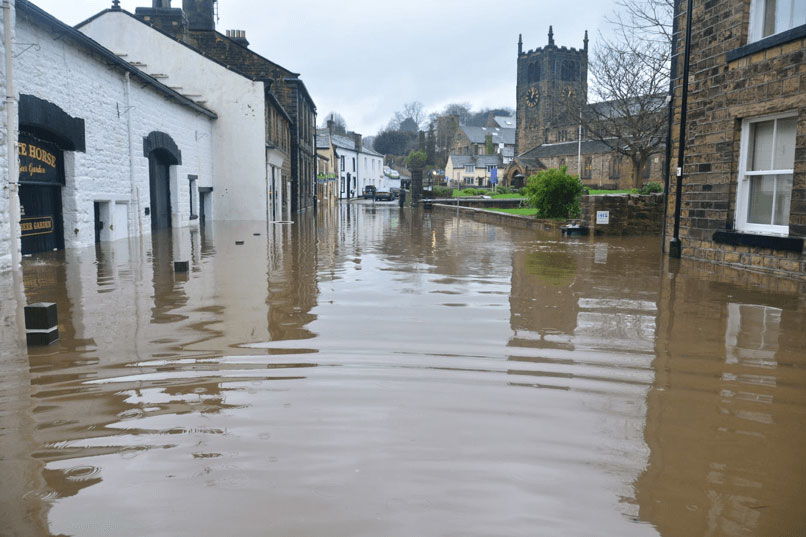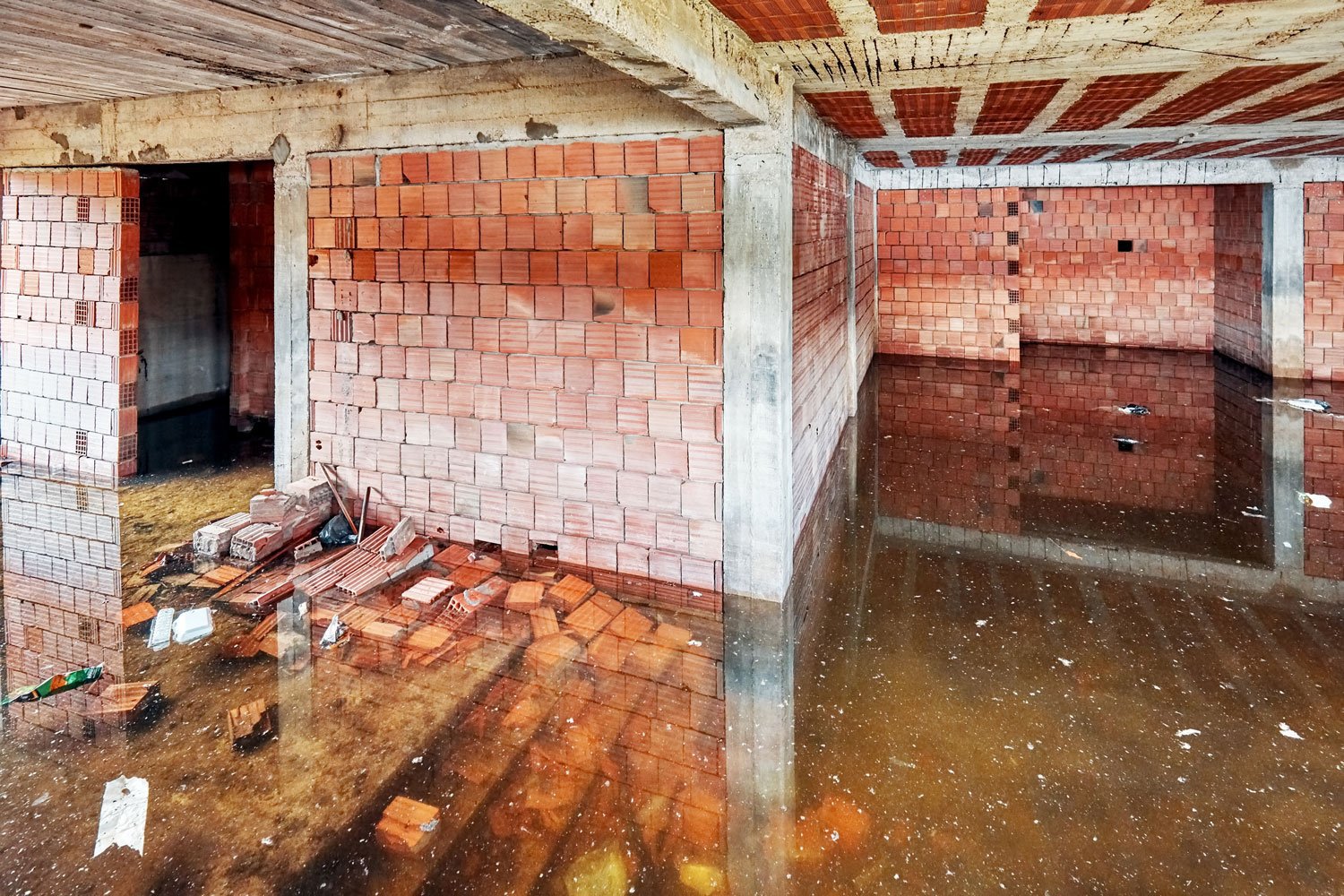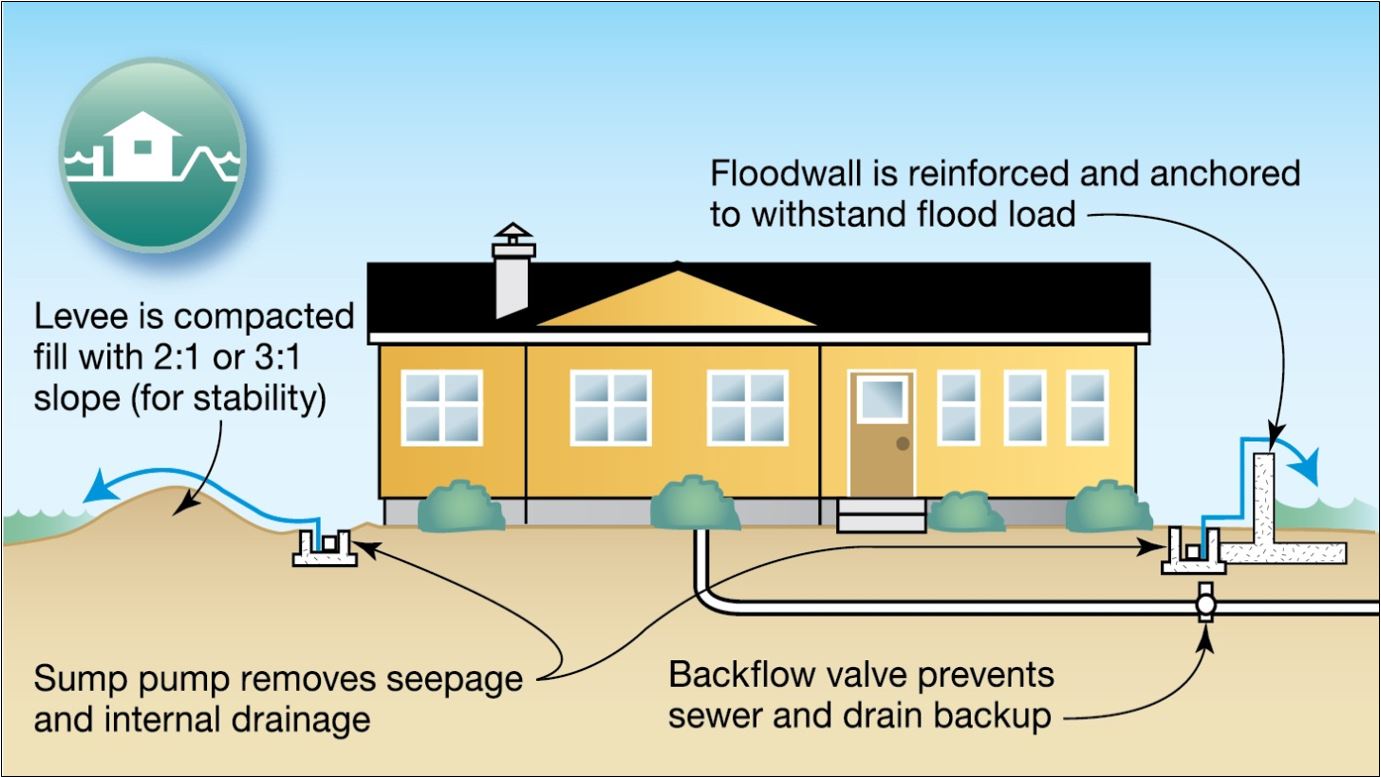How To Protect Your Home From Floods

CONTENTS
- Can you protect your home from floods?
- How does floodwater enter your home?
- Ways to protect your home
- How to prepare your home for incoming floods
- Who can you call for flood restoration services?
Can you protect your home from floods?
Living in a country that experiences rain every 1 in 3 days, it’s likely that you’ll experience some sort of flooding; particularly if you live in a flood-prone area. According to the BBC, over 5.5 million homes in England and Wales are deemed to be at risk of flooding.
There’s no getting away from the fact that floods can be devastating. As well as destroying your treasured belongings, floods can literally cause your house to fall apart. The aftermath of a flood can be extremely difficult to come to terms with.
How does flood water enter your home?
In order to determine the best preventative techniques, you must first understand the ways in which water will enter your home. So how does floodwater enter a property?
There are a number of routes that the water may follow, the most common of which is through the ground. It’s possible that floodwater may take advantage of gaps in the flooring of a property and ascend through weak floorboards, destroying all materials in its way. Water may also enter the home through doors and patios. Doors are often the least impermeable parts of a property and, if not sealed properly, can allow large amounts of water to come through quickly. Likewise, windows are weak points. However, in most cases, it’s unlikely that the water level will reach window height.
Another way water can find its way in is through air bricks on exposed walls. Air bricks – also known as ventilation bricks – are used in construction to achieve the required levels of ventilation, to avoid the air within a property becoming stale and humid. A humid living environment can quickly become overgrown with mould and damp, which can lead to a range of health risks. Though intended for good purpose, air bricks create an easy route for flood water to enter.
Additionally, if enough pressure is created by flooding, it can actually cause the flow of water to reverse. This may send dirty water back up any drains and pipes connected to the house, where it can then enter through toilets and sinks.

Ways to protect your home
Whilst it’s impossible to completely flood-proof your home, there are various ways that you can both prevent water from entering your home and control the amount of damage caused. Known as flood resistance and flood resilience, these strategies can significantly reduce the long-term consequences of flooding.
Resistance
Resistance refers to preventing the flood water from entering the building in the first place. In all cases, prevention is the best solution.
There are a number of measures you can take to attempt to make your home flood-resistant:
Air brick covers
As mentioned previously, air bricks on exposed walls are a major downfall when it comes to flooding. To deal with this, you should invest in purpose-made, waterproof air brick covers which can be securely fitted over the bricks to avoid water getting through.
Removable guards
Removable guards are a great idea to prevent flood water from entering through your doors, windows and floors. Waterproof and easy to use, guards are a versatile option for flood protection with proven results.
Sandbags
Before the invention of purpose-designed flood products, many households opted for sandbags to protect their homes. Though sandbags may no longer be the most effective method overall, they still work well for short periods of time when used in conjunction with other equipment. They work by providing a raised threshold to block flood water from flowing through exposed walls and external doors.
One-way valves
One-way valves can be attached to an array of different pipes in an attempt to prevent water from flowing back up through the pipes and into the home. Also known as non-return valves, these tools are an excellent way of avoiding dirty water from contaminating your property.
Pump and sump systems
As an alternative to one-way valves, you can opt for a pump and sump system. Installing a pump and sump system works by draining excess water from below floor level faster than it rises, stopping it from reaching the infrastructure of your building.
Landscaping
In addition to fitting protection methods to your home, you can landscape your garden in a such a way as to divert water away from your property. Though reasonably effective, this technique can be costly and requires professional assistance.

Photo courtesy of FEMA
Resilience
Resilience, on the other hand, refers to limiting the extent of the damage. Even after implementing the necessary flood-resistant systems, you’re still likely to experience some sort of flood damage. Flood resilience is concerned with controlling the amount of damage caused to allow you to return to your property within a reasonable time. The Environment Agency states that on average, households are unable to live in their homes for 9 months after facing significant flooding.
Here are 4 ways you can make your home flood-resilient:
Ensure all power sockets are raised
For health and safety reasons, make sure all electrical sockets are up high and out of reach. This will prevent your house from turning into an electrical hazard should a flood occur. High power sockets also avoid children from being exposed to electrical dangers in everyday life.
Opt for water-resistant materials
Where possible, you should choose to use water-resistant materials for the furniture and appliances throughout your home. By converting to water-resistant materials, such as ELS cotton fabric or vinyl, you can rest assured that your belongings will probably be able to be recovered.
Think carefully about flooring
It goes without saying that fitted carpets are a bad idea for homes prone to flooding. If you still want to add a cosy feel to your living spaces, opt for solid floors with a non-fitted rug. Ceramic or stone tiles are preferable over laminate or wood flooring as they’re highly water-resistant and easy to clean.
Store belongings on high shelves
It’s definitely worth mounting high shelves onto your walls rather than using low storage drawers or coffee tables. Shelves are a safe place to store valuables and irreplaceable items as you can guarantee that the dirty water won’t reach them. You should also consider mounting your TV onto the wall.
How to prepare your home for incoming floods
The advice listed above is great, assuming you have time – but what if you don’t?
It’s important to know where to find up-to-date information and the steps you should take if a flood is – or has just – taken place, including finding out whether you can claim any form of compensation for both the damage and grief caused.
Where to look for official advice
To find out more information about flooding or live warnings, visit GOV.UK. The website has a page dedicated to flood warnings in England which uses a tier system to communicate the level of severity across different regions. The webpage also includes links to further information regarding useful topics such as how to plan ahead, what to do in a flood and how to recover after a flood.
Insurance
Flood insurance is typically included as part of the insurance agreement for your property. The cost of it is usually determined by your area, for example, if you happen to be in a high-risk flooding zone, your insurance premium will likely be affected.
Determining what’s actually covered by your insurance plan can prove difficult thanks to ambiguous contracts and complex terms and conditions. Below, we’ve outlined a few things you may or may not be covered for:
| What’s covered? The cost of removing debris. Professional fees – such as solicitors, architects or surveyors. The cost of repair or replacement of damaged furniture. Alternative accommodation whilst you can’t live in your home. Restoration fees. | What should be questioned? The replacement of all your damaged belongings – this will depend on whether you have a ‘new for old’ policy or indemnity cover. The amount spent on alternative accommodation may vary depending on the level of cover you’re paying for. |
If you’re not sure whether you require flood insurance, there are a number of steps you can take.
- Request insurance-related information from your local Environment Agency
- Check your risk on a flood map
- Receive advice from the National Flood Forum
- Discuss the matter with a specialist broker
Emergency kit
In the case of a flood, it’s crucial to have an emergency bag containing all the essentials. This kind of preparation will make things so much easier to deal with, giving you peace of mind that your most treasured belongings will be safe and that you’ll have everything you need on you.
We recommend making a list of any essentials you may require in advance, such as documents, electricals, finance and medication. If you live with children, don’t forget their essentials too – items may include milk and baby food, nappies, their favourite toy or blanket, wipes, spare clothes and sterilised bottles or spoons. Some people may choose to favour additional items, such as a first aid kit, bottled water, a torch with spare batteries, a portable radio or blankets.
Who can you call for flood restoration services?
After the flood has taken place, all you’ll be able to think about is restoring your property back to how it looked before. It can be a very distressing time for anybody involved and all concerns should be taken seriously.
If you’re in charge of organising your own flood restoration services, it’s important to call a specialist cleaning company to deal with the situation in a professional manner.
We offer comprehensive flood restoration services suitable for both commercial and domestic clients. Our technicians have over 10 years of experience in the industry and are fully equipped with the latest industry-leading equipment. Our aim is to return your property as close to its original condition as possible and provide a safe, habitable environment.
To find out more, give us a call on 0208 066 0360.

Speak with me today,
I’m here to help
By asking you a few questions either via phone or email I can immediately provide a realistic estimation of the cost.
You’re in good company. We’ve cleaned for the following commercial clients… View all

Why choose us?
- Cater to a wide variety of cleaning situations
- Nationwide coverage, available 24/7
- Cater to commercial and domestic clients
- Free survey provided prior to quotation
- Emergency response team
- Offer a bespoke service designed to suit all your needs
- All technicians hold professional health and safety qualifications, including BICSc, IOSH, Dewpoint Professional & Safe Contractor
We’re fully accredited
We place best practise, professional expertise and health and safety at the core of our business. We’re fully compliant with all legal obligations. You can view a list of our accreditations below, or visit our Health & Safety page for more information.




-RGB-small.1707319151.jpg)



























